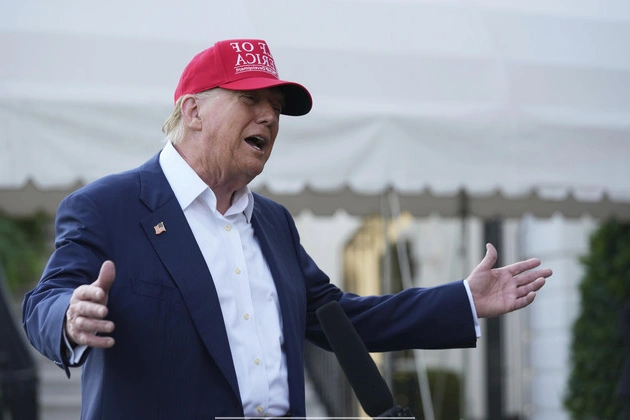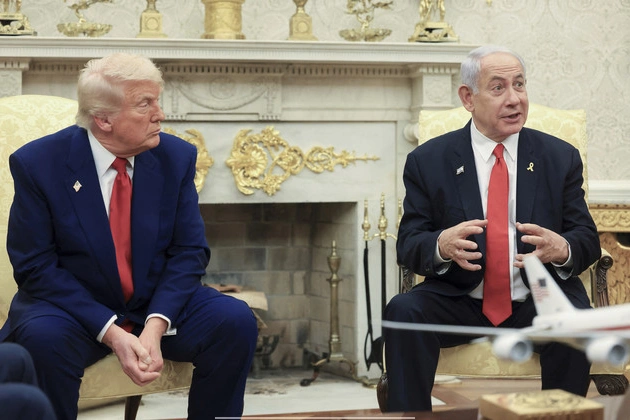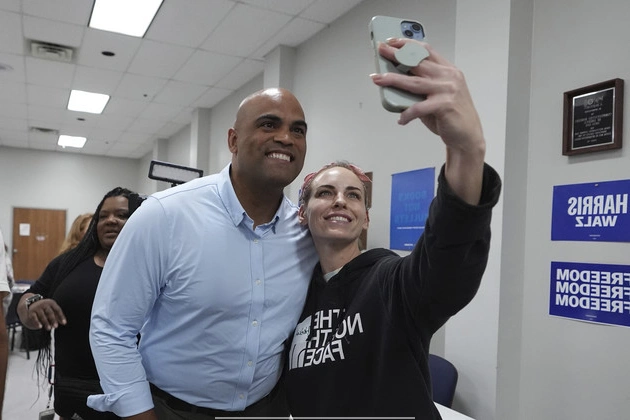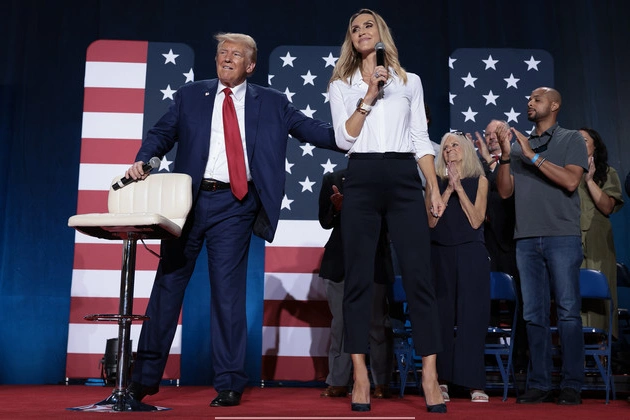
Introduction
Since taking office, the Trump administration has initiated a comprehensive review of federal contracts, leading to significant changes in the government contracting landscape. This article delves into the impact of these reviews on contractors and the broader economy.
Contract Terminations and Savings
The Trump administration’s project to revisit federal agreements has resulted in the termination of numerous contracts, claiming substantial savings. For instance, contracts worth millions of dollars in various sectors, including health care support and disaster relief, have been marked as terminated.
Unprecedented Review Scope
The scope of the contract review is unprecedented, affecting thousands of contracts that have already gone through competitive bidding processes. This has led to frozen hiring, layoffs, and chaos in the consulting industry.
Government’s Focus on Cost Control
With a focus on cost control and efficiency, the government is intensifying efforts to slash contracts. This approach targets redundancies and aims to renegotiate contracts for better value, particularly in comparison to federal workers.
Impact on Contractors and Industry
The review process has triggered layoffs and economic repercussions for contractors, especially in the D.C. region. Companies on the government’s list of contracts have reported significant job cuts, with more expected in the future.
Value to Taxpayers
Officials emphasize that the contract reviews aim to ensure that agreements provide good value to taxpayers. The administration’s mission is to shrink the federal government while safeguarding essential services and targeting redundancies.
Concerns and Uncertainties
Despite the focus on cost reduction, concerns have been raised about unintended consequences and potential service disruptions. Some fear that important programs could be at risk due to broad cuts and insufficient deliberation.
Industry Response and Challenges
Contracting firms are actively engaging with lawmakers and agencies to mitigate contract cuts. However, challenges persist as the government seeks to reshape existing contracts for lower prices and increased productivity, posing dilemmas for contractors.
Conclusion
The Trump administration’s approach to federal contracts is reshaping the government contracting landscape. As the reviews continue, contractors and agencies navigate uncertainties while striving to maintain service quality and cost-effectiveness.











